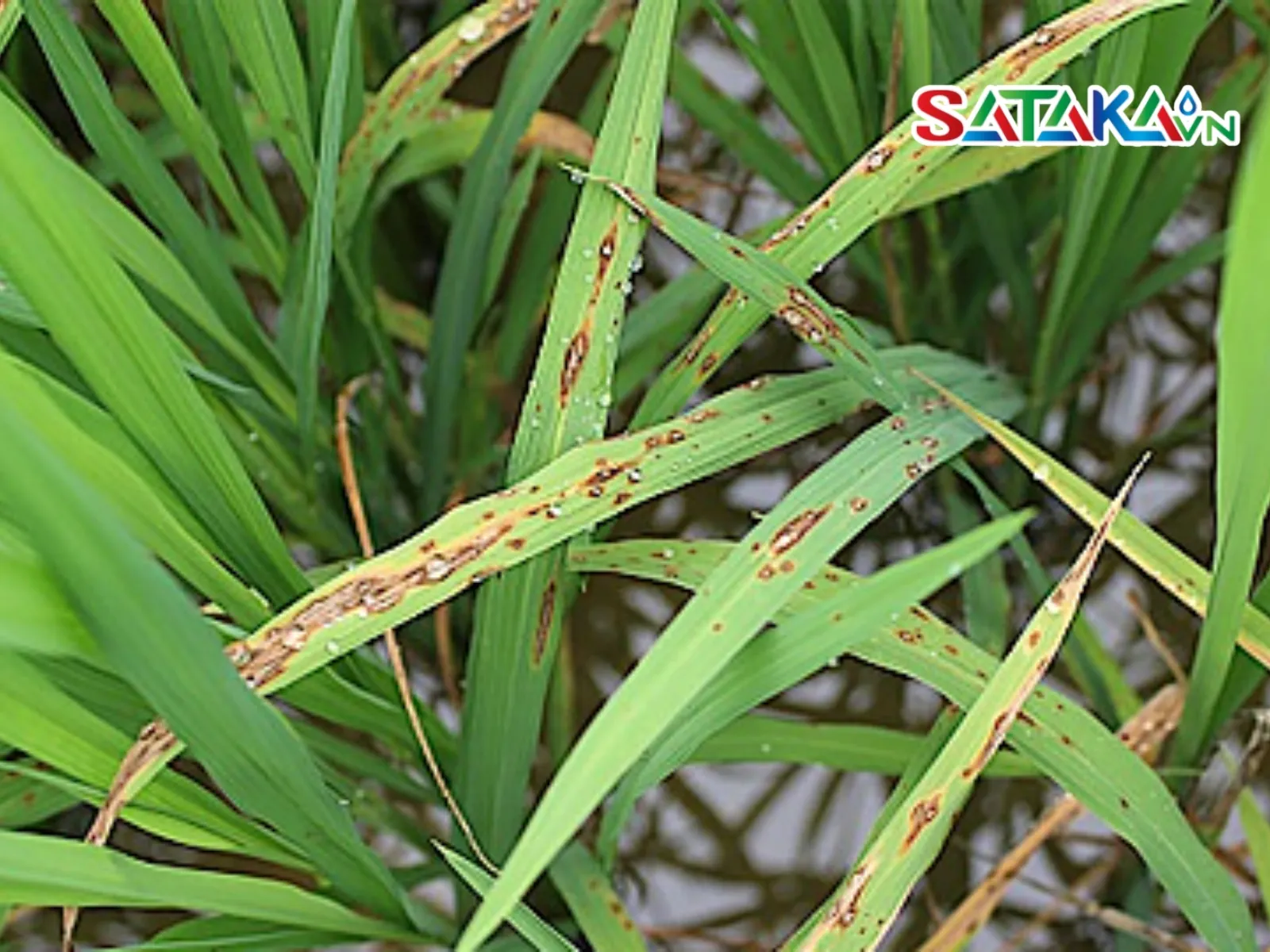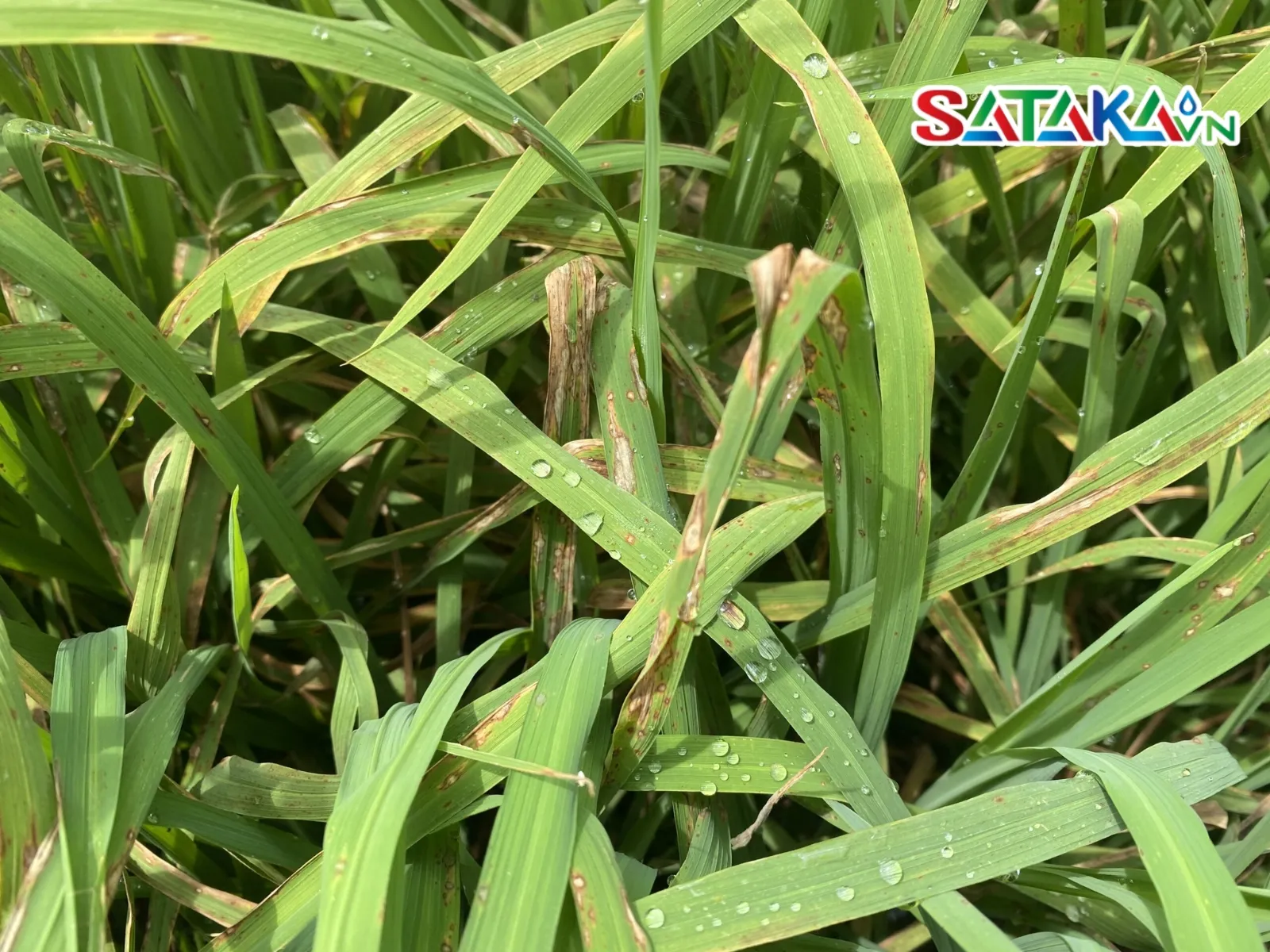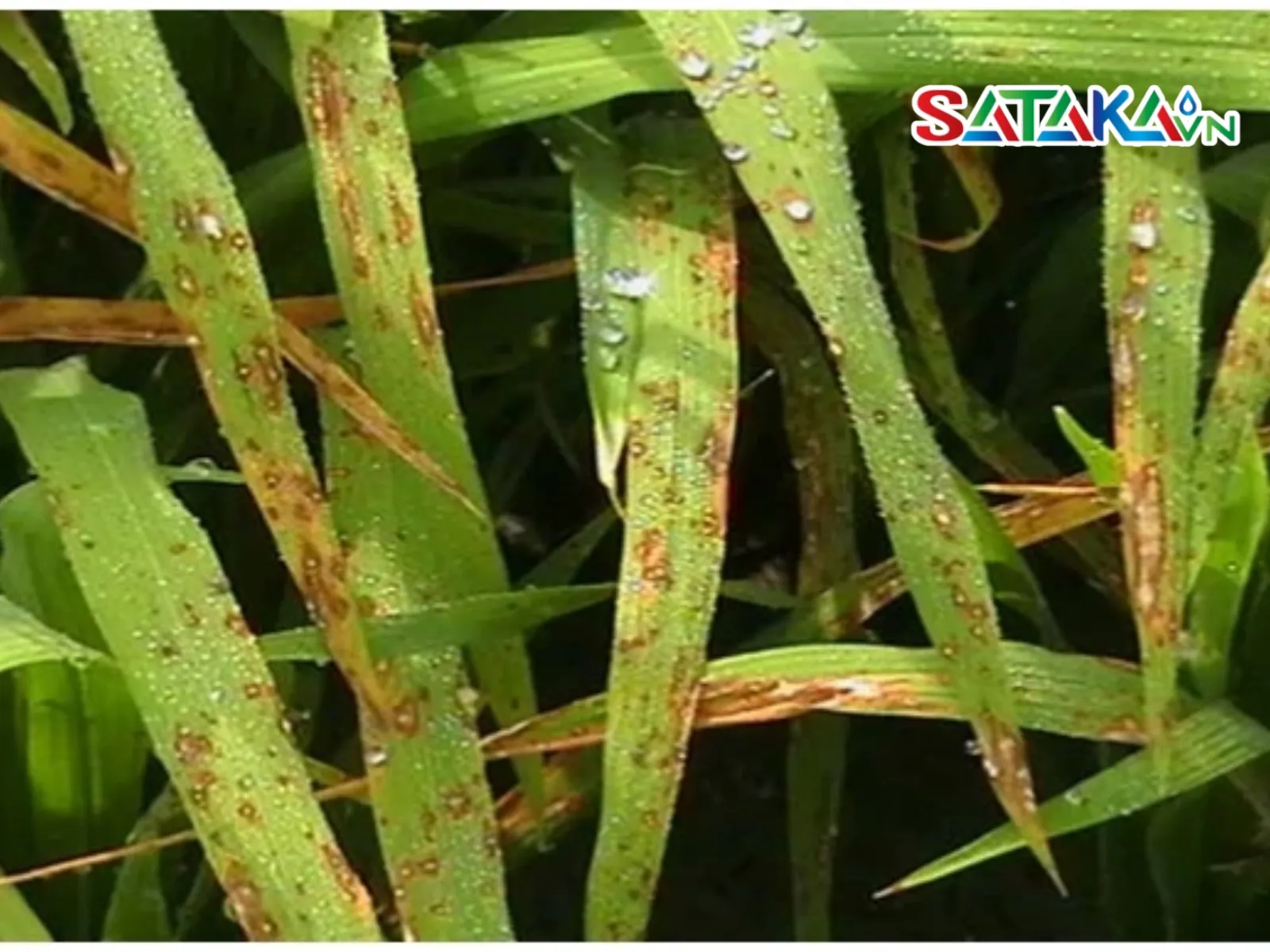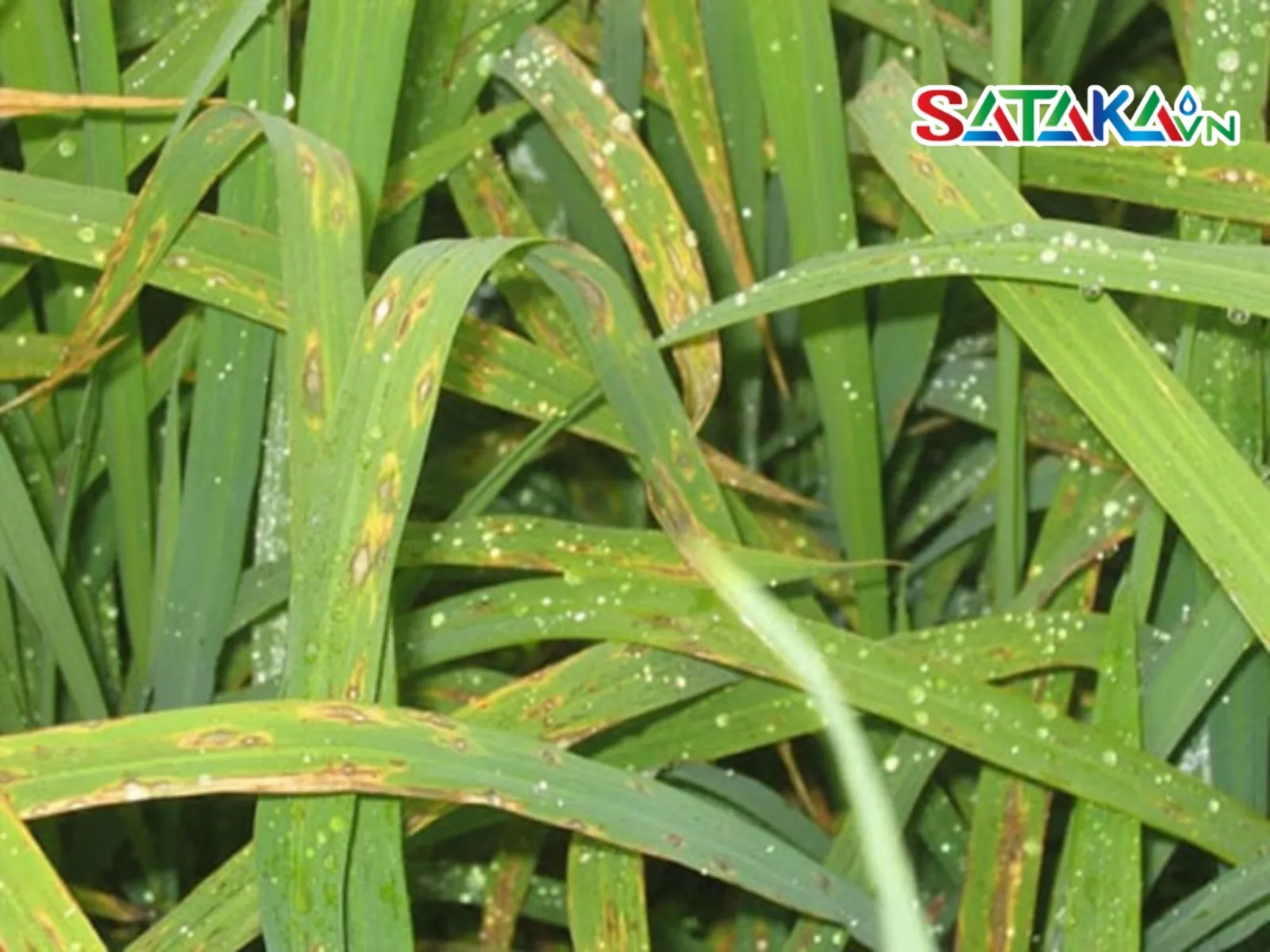Discover the causes, symptoms and effective control measures for rice blast disease to protect crops and improve rice productivity.
Rice blast disease is one of the most common and dangerous threats to rice crops, causing severe losses in both yield and quality. Understanding the causes and symptoms of the disease, combined with the implementation of effective control measures, can help farmers protect their crops more efficiently. Let’s explore the most effective strategies for combating this disease!
Rice blast is one of the most prevalent diseases affecting rice plants. It typically appears during both the seedling and mature stages, especially under weather conditions that favor fungal growth, such as high humidity, prolonged rainfall, and warm temperatures. The fungus attacks the leaves, stems, panicles, and grains, weakening the plant and significantly reducing yield.
This disease can spread rapidly under suitable conditions, and if not promptly controlled, it can cause substantial crop losses. Rice blast not only impacts yield but also reduces grain quality, making it harder for farmers to maintain stable production.

Rice blast disease
The earliest and most recognizable symptom of rice blast disease is the appearance of lesions on the leaves. Initially, these lesions are small, white spots about the size of a pinhead, which gradually turn brown. The lesions expand into spindle-shaped spots with a grayish-brown center and dark brown borders. The ends of the spots are often pointed, giving them a distinctive shape.
As the disease progresses, the lesions may merge to form larger patches, causing the leaves to wither. This phenomenon, commonly referred to as "leaf blight," can lead to severe damage in heavily infected areas, with leaves completely wilting. This results in root rot and the inability of the rice plant to recover.

Symptoms of rice blast disease
Rice blast is caused by the fungus Pyricularia grisea, which survives as mycelium and spores in organic materials such as rice stubble and wild rice plants. The fungus also grows on host plants like barnyard grass, foxtail grass, and wild rice. Notably, the rice blast fungus can thrive year-round, making it challenging to control. The spores are mainly produced at night, particularly under wet conditions.
Favorable conditions for the disease include relatively low temperatures, high humidity, heavy rainfall, overcast weather, and fog. In rice fields, shaded areas or poorly drained regions are more susceptible to severe infections compared to well-ventilated zones. Dense planting, excessive nitrogen fertilizer use, and poorly managed fields also contribute to the spread of the disease.

Cause of rice blast disease
The fungus spreads primarily through the air, facilitated by wind. Once fungal spores encounter favorable conditions, they germinate within a day and penetrate rice tissues. After two days, the first symptoms appear as small spots, and within 5–7 days, new spores are produced and released into the air, continuing the cycle of infection.
The fungus produces toxins such as alpha-picolinic acid and pyricularin, which kill leaf cells and hinder plant growth. Each lesion can produce 2,000 to 6,000 spores daily, accelerating the disease's spread. In severe cases, entire rice clusters may die, creating burnt patches that farmers often refer to as "collapsed rice."
Rice blast disease causes numerous serious problems, including:

Harmful effects of rice blast disease
Farmers can adopt various methods to protect their crops from rice blast disease. Below are three main groups of control measures:

Measures to prevent rice blast disease
By implementing a combination of cultural, biological, and chemical measures, farmers can minimize the damage caused by rice blast disease. Remember, selecting suitable rice varieties and applying proper care practices can ensure healthier and more sustainable rice production.
At Sataka, we are committed to providing the best products and solutions to help farmers control rice blast disease, protect their crops, and boost rice productivity. Please contact us for prompt advice and support!